Have you ever asked yourself, ‘What side should the heatsink fan go on’? If so, you’ve come to the right place.
We’ll be breaking down this question and addressing a few vital points of knowledge about system cooling and case airflow as we go.
Let’s get into it!
TABLE OF CONTENTS
A Brief on Case Airflow and Push/Pull Configurations
First, I think it’s important to take a moment to discuss case airflow. The best airflow setup for most PC cases will be a positive pressure setup, where there is always at least one more intake fan than an exhaust fan on the case.
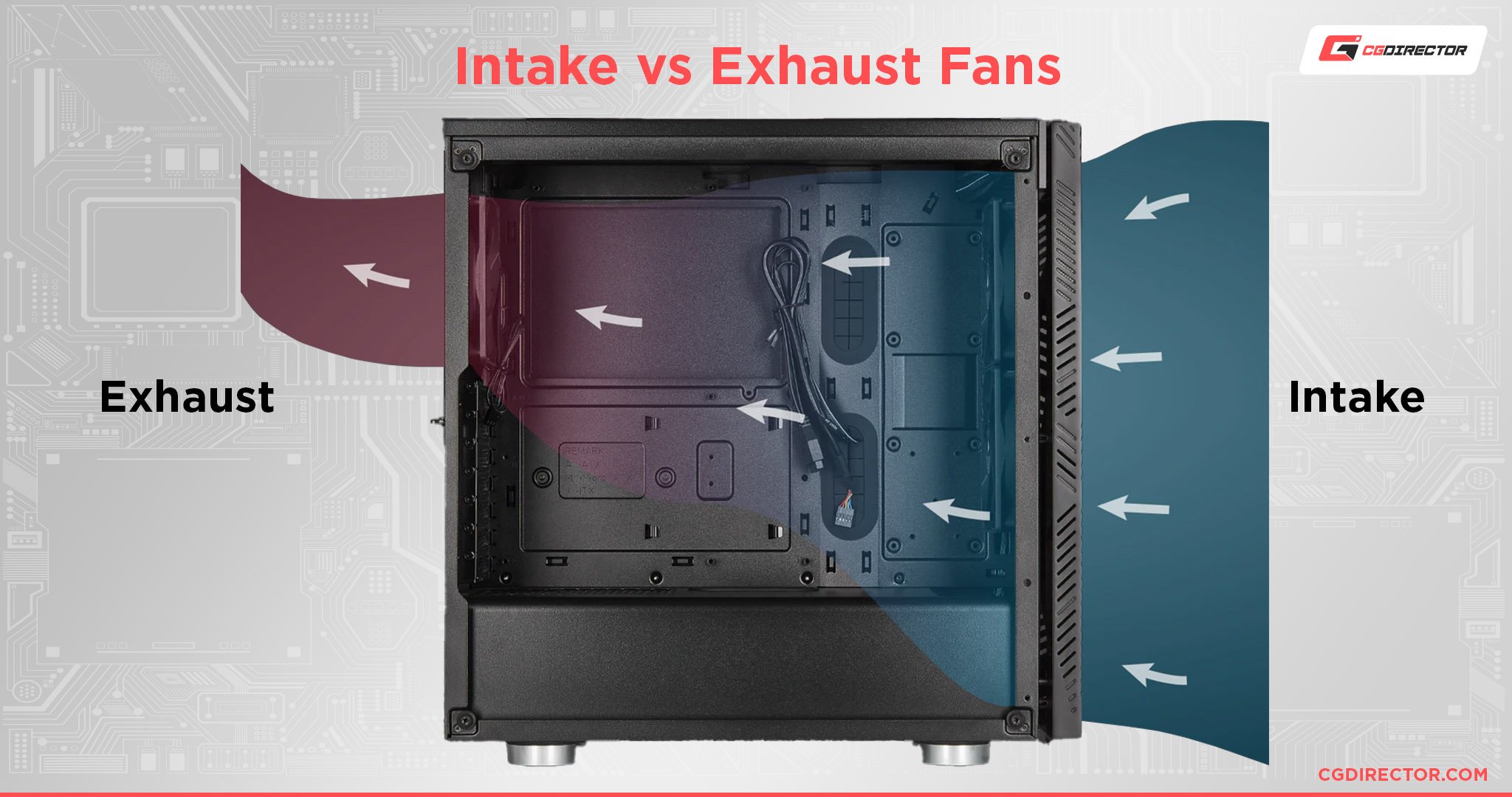
This is the best for ensuring cool air has a consistent path through your case, including the path of your CPU cooler’s fan.
You can also create a negative pressure setup by having more exhaust fans than intake fans or going with exhaust fans only. This isn’t recommended, though, since it’s less efficient and can also attract more dust into the harder-to-reach nooks of your PC.
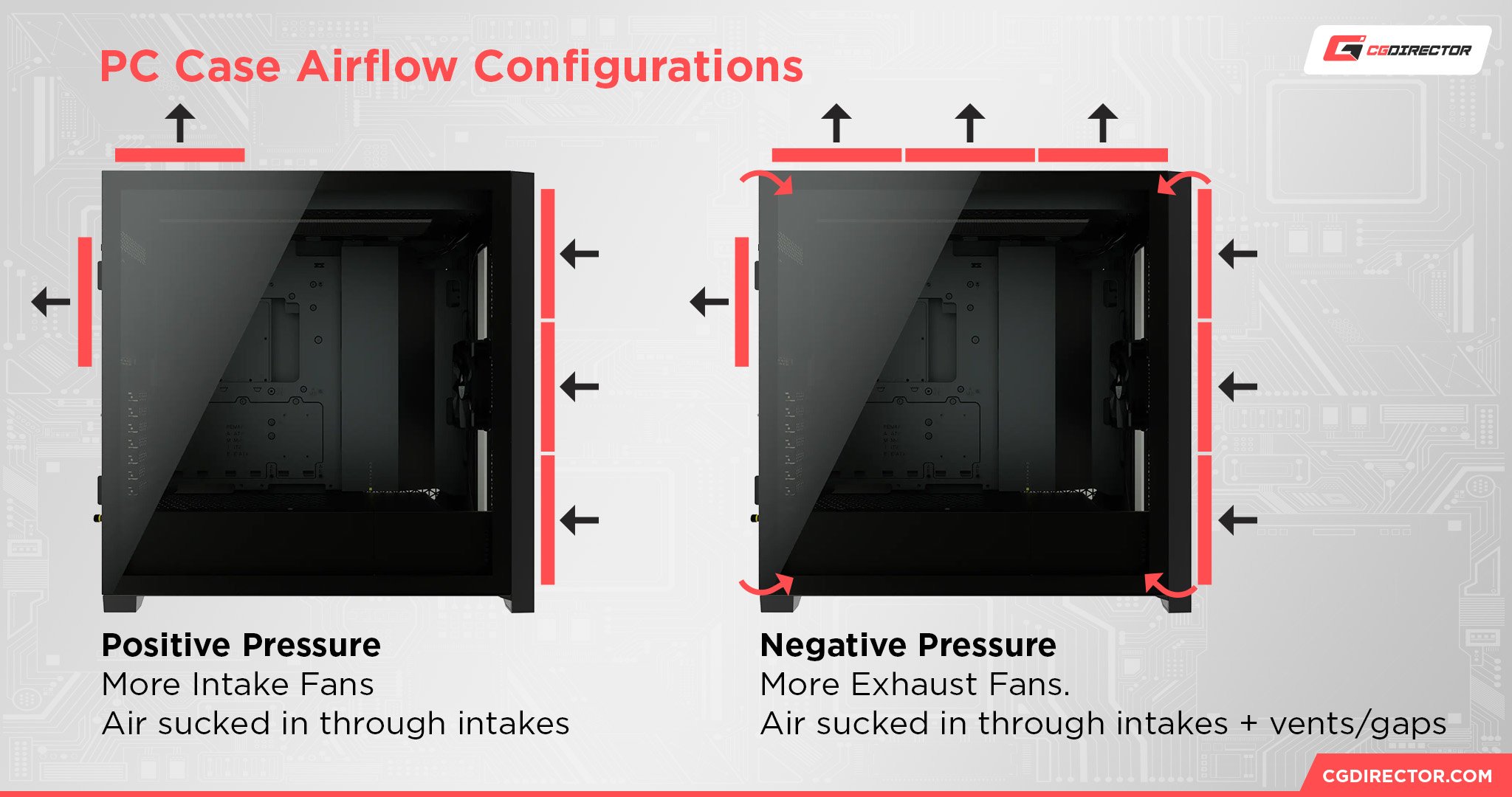
In the positive pressure setup for your case fans, your exhaust fans are pushing warm air out while your intake fans are pulling cool air in. This is a basic push-pull configuration for your case, but what’s the best airflow configuration for your CPU cooler?
What Side Should The Heatsink Fan Go On? CPU Cooler Push or Pull Explained
What side should the heatsink fan go on, if your CPU cooler is large enough to allow more than one fan mounting position?
Depending on which side you choose to mount your CPU fan on, you’ll be creating a push configuration or a pull configuration.
A push configuration means your cooler fan will be on the outer edge of the heatsink (toward the front of your case), pushing cooler air through your heatsink fins. Meanwhile, a pull configuration will have your cooler fan pulling air into your heatsink fins.
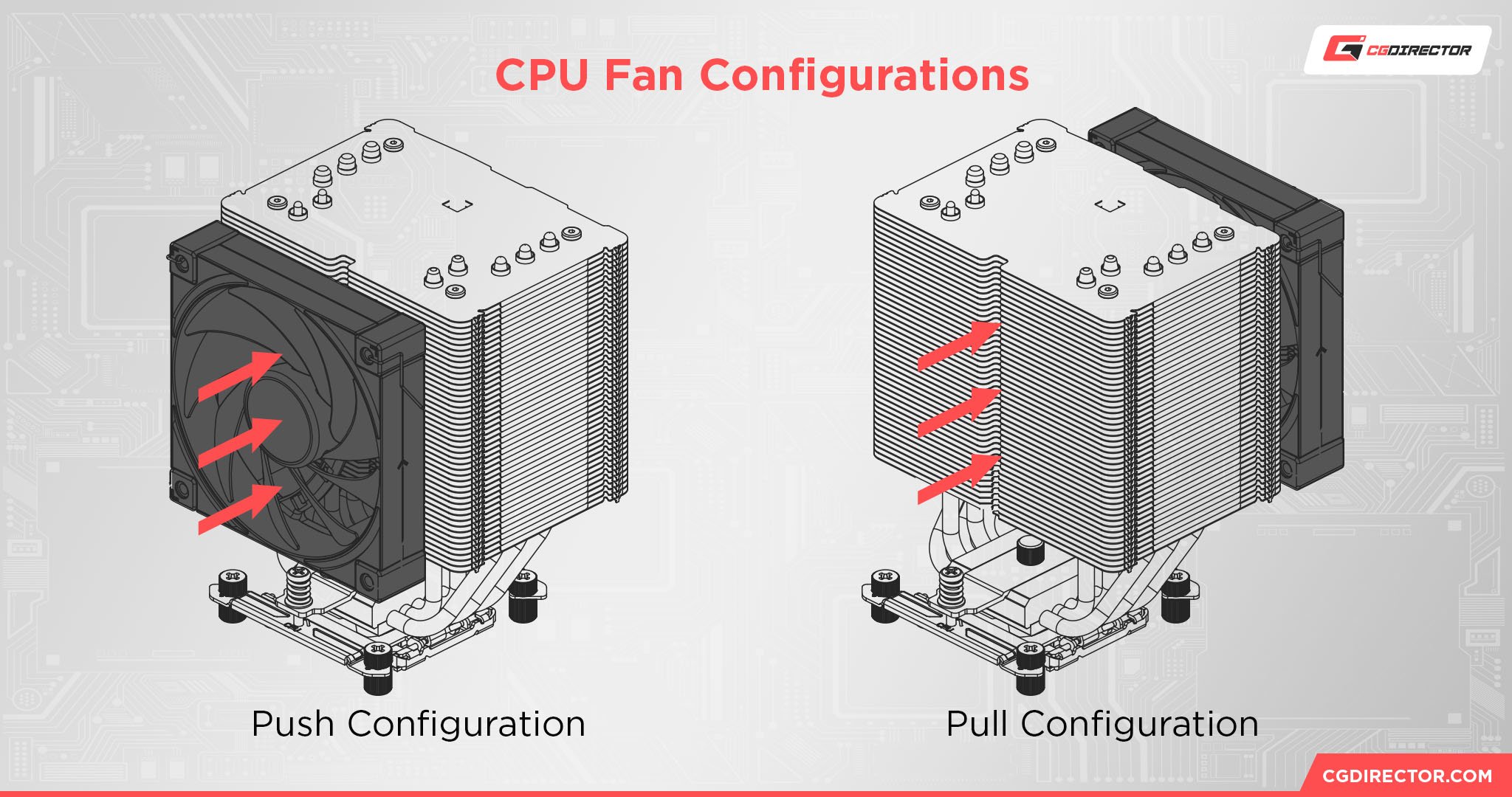
So, which is better?
Most people agree that a push configuration is better.
Push is the default for low-profile air coolers, but even when a tall air cooler provides a pull option, push is better because it’s moving more cool air through your CPU cooler, rather than simply being an active exhaust.
Should You Add Another Fan To Your CPU Cooler?
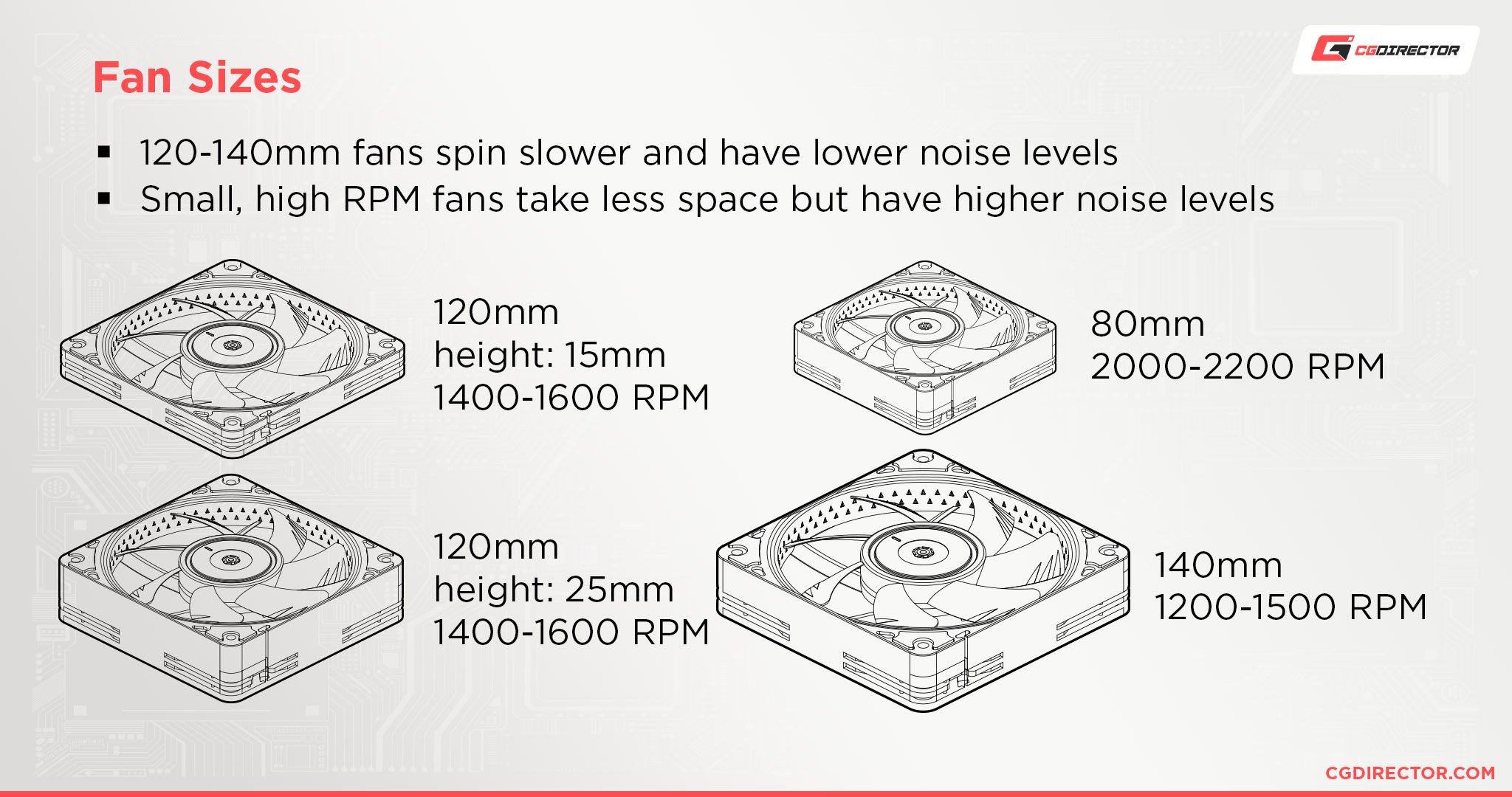
If the spacing is right between your motherboard/RAM and your CPU cooler, you might be able to mount two fans to your CPU cooler instead of just one.
This gives you the opportunity to create a push-pull configuration, which helps your CPU cooler dispel heat even faster.
Some bulkier air coolers are even shipping out with two included fans for exactly this purpose, boosting their cooling performance.
Above, I’ve embedded a review of the Deepcool Assassin IV from GamersNexus. The Assassin IV is an example of one such out-of-box dual-fan cooler, though it mounts its secondary fan in the center with a unique top ventilation design.
What Side Should Radiator Fans Go On?
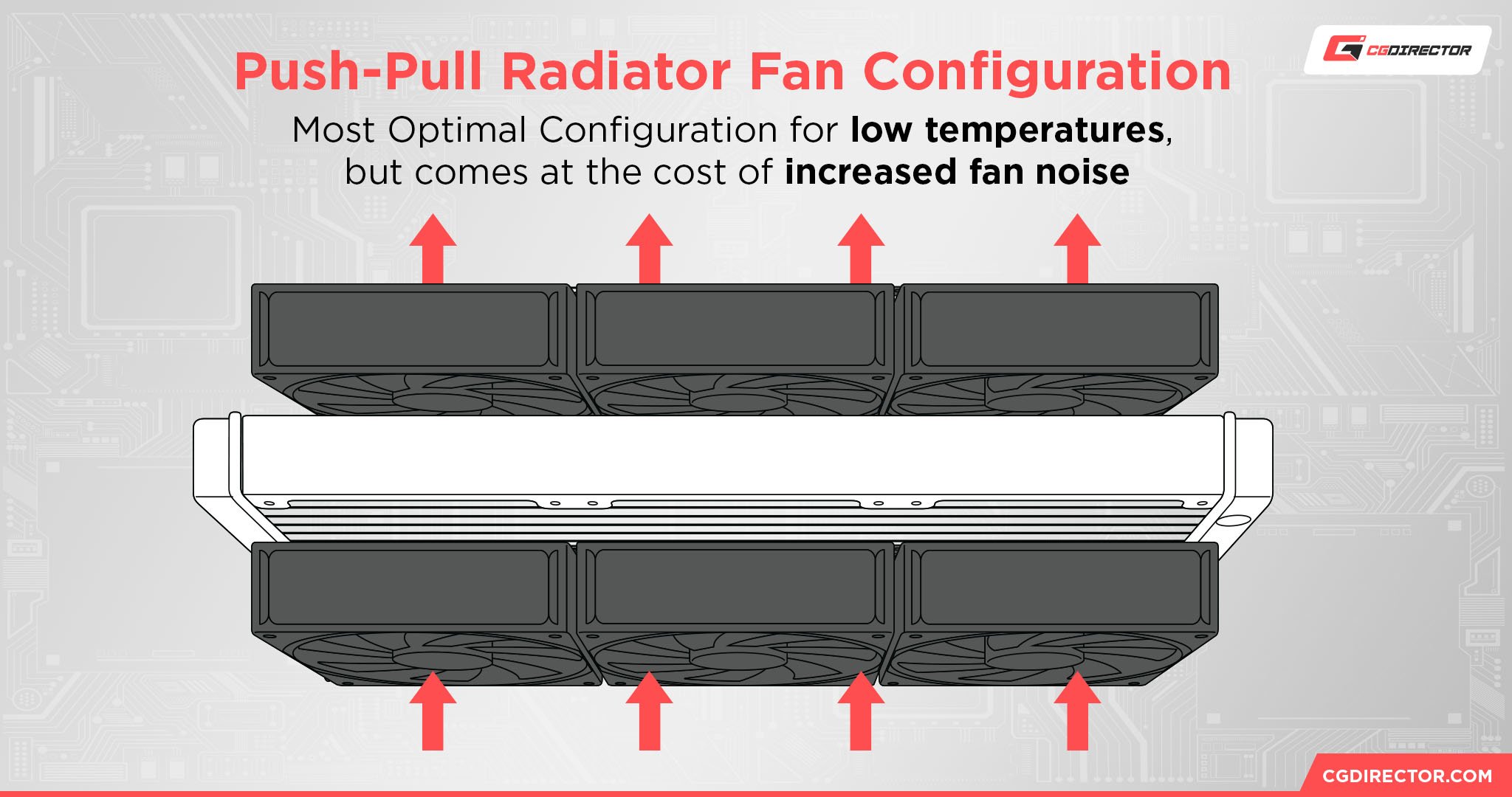
Radiator fans are generally mounted in a push configuration for the best performance.
Pull configurations work, but aren’t optimal. That said, if you have enough fans and room inside your case, you could also try a push-pull configuration with fans on both sides for the best temperatures, though you may want to opt for quieter fans if you take that approach.
FAQ
What Kind of Fans Should You Buy For a Heatsink?
Get a PWM fan of compatible size with your heatsink, and be sure to get a fan rated for high static pressure.
Fans with high static pressure have slightly poorer airflow, but push the air with higher strength through the fins of your cooler.
Fans rated for high airflow are good, too, but better used on the chassis than directly on a cooler.
What Kind of Fans Should You Buy For a Radiator?
Same as above—high static, PWM fans of compatible size with your radiator are the best choice.
Over to You
And that’s all!
I hope this article helped clear up what side the heatsink fan should go on. As it turns out, a “push” configuration is one of the best-case scenarios for a fan, even when cooling a heatsink or a radiator.
Any other questions about tech or PC hardware, or cooling fans in particular? Feel free to sound off in the comments below, where me or another CGD team member will assist you when we can.
Alternatively, you can try our Forum for expanded discussions with other Experts and Enthusiasts.
Until then or until next time, happy building! And remember: low temps are easier to achieve with good airflow.
![What Side Should The Heatsink Fan Go On? [CPU Cooler Push or Pull] What Side Should The Heatsink Fan Go On? [CPU Cooler Push or Pull]](https://www.cgdirector.com/wp-content/uploads/media/2023/08/What-Side-Should-The-Heatsink-Fan-Go-On-CPU-Cooler-Push-or-Pull-Twitter-1200x675.jpg)
![Where Do You Connect PC Fan PWM Cables To? [Beginner’s Guide] Where Do You Connect PC Fan PWM Cables To? [Beginner’s Guide]](https://www.cgdirector.com/wp-content/uploads/media/2023/12/Where-Do-PWM-Cables-Go-Beginners-Guide-Twitter-1-594x335.jpg)
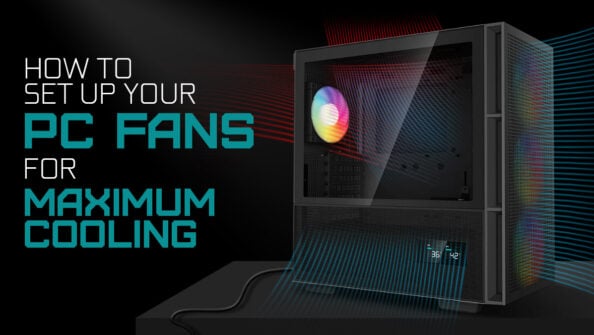
![3-Pin vs 4-Pin PC/Case Fans Compared [Differences & Which you’ll need] 3-Pin vs 4-Pin PC/Case Fans Compared [Differences & Which you’ll need]](https://www.cgdirector.com/wp-content/uploads/media/2023/03/3-Pin-vs-4-Pin-Fans-Twitter-594x335.jpg)
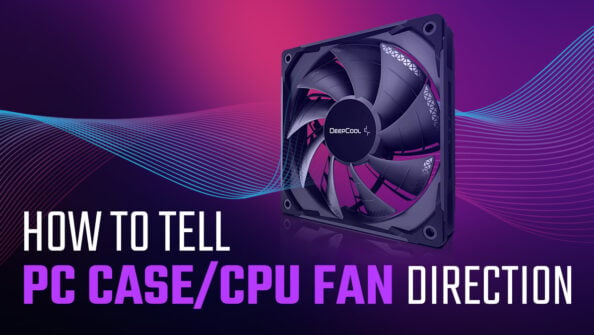

0 Comments